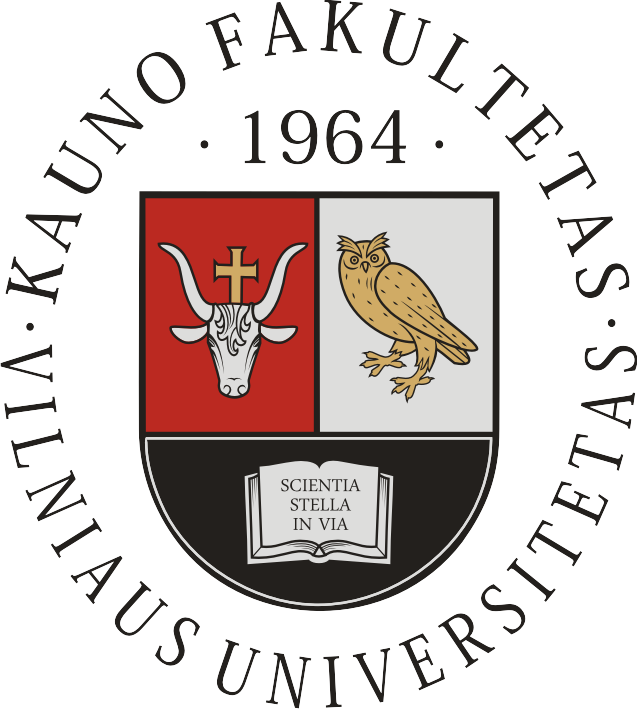Transformations in
Business & Economics
- © Vilnius University, 2002-2024
- © Brno University of Technology, 2002-2024
- © University of Latvia, 2002-2024
Article
EVALUATION OF INNOVATION EFFICIENCY OF SUPPLY CHAIN MANAGEMENT IN CHINESE LISTED RETAIL ENTERPRISES BASED ON DEA MODEL
Guang Cheng, Fusheng Luo, Jiahao Lan
ABSTRACT: The retail sector depends significantly on advancements in supply chain management and the operational frameworks that drive it. Optimizing supply chain management practices thus requires a rigorous assessment of innovation efficiency within retail enterprises. Yet, prior evaluations have not comprehensively addressed both the static and dynamic dimensions of innovation efficiency in retail supply chains. This study proposes a framework that integrates both static and dynamic efficiency assessments, grounded in value chain theory and total-factor productivity theory, to evaluate the innovation efficiency of retail enterprises in supply chain management. The study uses data from 44 publicly listed retail enterprises from 2018 to 2022, employing the DEA-BCC model and Malmquist index to assess the input-output efficiency in 2022 and analyze dynamic changes in total-factor productivity. Results reveal that, (1) Despite the disruptions of COVID-19, Chinese retail enterprises demonstrated resilience, with production efficiency and technological advancements returning to pre-pandemic levels by 2021-2022. (2) Technical efficiency remained relatively stable, although Technological progress showed marked fluctuations post-COVID-19. (3) Static and dynamic efficiency varied across enterprises, highlighting that even during adversities, innovation in supply chain management can facilitate sustainable improvements. The findings contribute to the evaluation of supply chain innovation efficiency, enabling enterprises to gauge their relative efficiency levels and industry development trends, and offering insights for enhancing operational quality and productivity.
KEYWORDS: DEA method; Malmquist model, Retail enterprise, Static efficiency assessment, Dynamic efficiency evaluation.
JEL classification: M11, M19, O32, L81.

